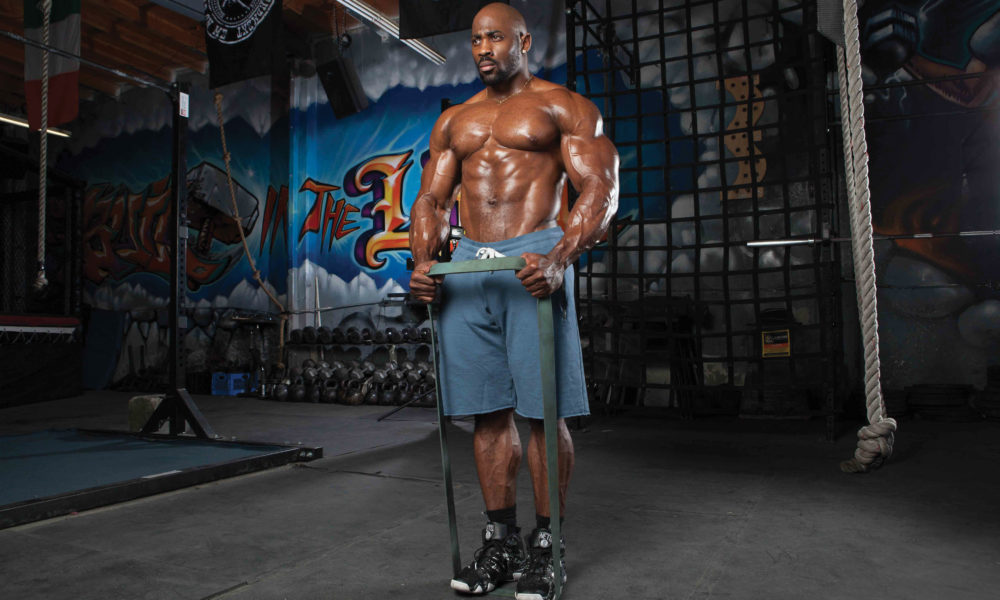

Are bigger biceps worth nine minutes of your time? We thought so.
By Mike Carlson
In the weight room, it can be hard to resist the temptation to solve every lagging bodypart with more weight, more exercises, and more sets. Nail, meet hammer. But if you apply that kind of blind fury to a small muscle group like the biceps, all you’ll get in return are sore elbows and a tired lower back from cheating so many reps. When it comes to building a bigger set of pipes, a more delicate touch is in order.
“Biceps are a tricky muscle,” agrees strength coach and kinesiologist Brian Richardson, MS, CPL2, NASM-PES, the co-owner of Dynamic Fitness in Temecula, California. “One person may fall into the aphasic category where they have a high percentage of type I fiber and another person might not. For your main workouts, stick to the classic hypertrophy variables: six to 12 reps with 70 to 85 percent of your 1RM, twice a week, and then see what works.”
In this case, “what works” just might be a light back-off set or two at the end of your biceps workout. A Japanese study from 2004, published in The Journal of Strength and Conditioning Research, concluded that capping off a traditional strength-training session with a light-weight/high-rep set led to better muscle and strength gains than a heavy-load/low-rep strategy.
After you’ve hit your biceps with some classic meat-and-potatoes sets that target the muscle from multiple angles utilizing a variety of grips, you’ll perform a high-rep finisher to further flood the muscle with blood, creatine, and other anabolic factors that initiate a cascade of hypertrophic mechanisms. Since the loads are light, and the rest minimal, the demand on your joints and schedule is nominal but the payoff has the potential to be huge.
Richardson designed this giant set finisher to provide a stimulus that is complementary to a diet of bodybuilding-style biceps exercises, such as preacher curls, concentration curls, and machine work. His use of accommodating resistance (from the bands,) suspension training, and standing exercises will go far in recruiting muscle fibers, especially those muscles along the spine. This will increase your ability to maintain intra-abdominal pressure and thus improve your lifts when it comes to moving heavy loads in compound movements.
One thing to note: Incorporating a finisher set — especially one with a significant amount of volume like this one — is not for beginners. Add this to your toolbox only if you already have a coupe strong years in the weight room.
Giant Biceps Set
Perform this giant set in circuit-style, moving quickly from one exercise to the next. Rest only after one whole circuit is completed and keep the rest period short, between 30 and 60 seconds. Use this set as a post-workout finisher on arms day after completing your heavier work sets. You can also tack this onto a pull workout to get an extra day of biceps work in your week.
Exercise Sets Reps Rest
Olympic Barbell Curl 3 12-15 none
Banded Speed Curl 3 20 none
TRX Curl 3 10-12* 30-60 seconds
Olympic Barbell Curls: Grab an Olympic barbell with a grip that is just outside your shoulders with your palms facing up. Let it hang in front of you. Tighten the core and retract the scapula. Keep your eyes on the horizon. Slowly curl the weight up toward your shoulders.
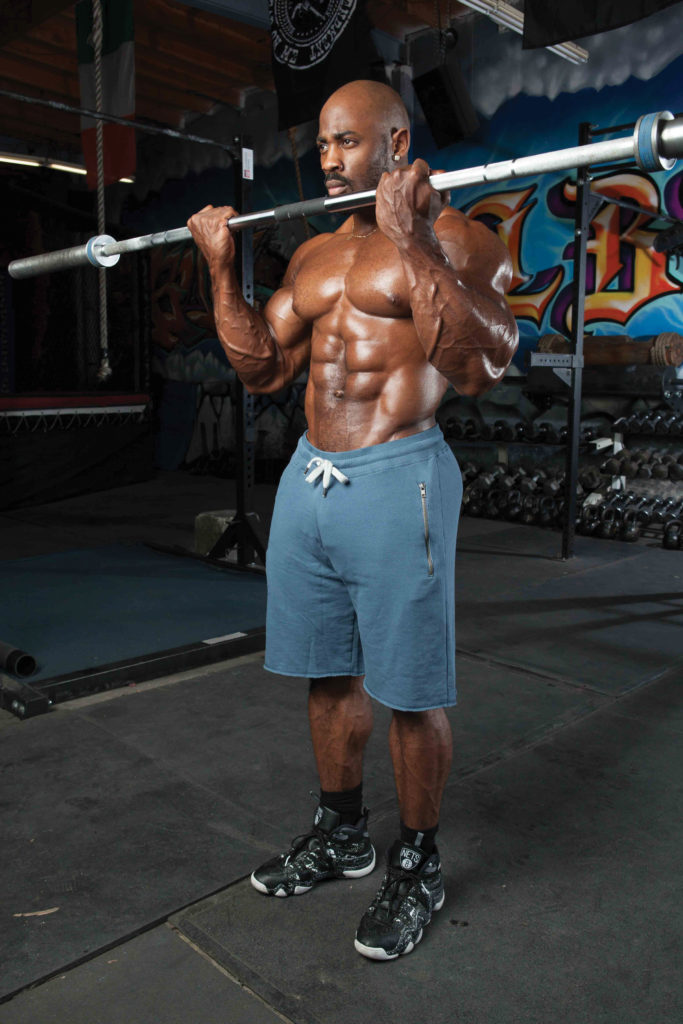
Banded Speed Curls: Grasp an exercise band in both hands with a hammer grip (palms in). Step on the loop with both feet to make the band taut. (Spread the feet wider for more resistance.) Curl both hands up to your shoulders as quickly as possible, keeping tension on the muscle throughout the entire rep. You’ll naturally shorten the rep by about 10 degrees at the bottom of the movement, compared to a traditional biceps curl. The key here is speed. Each rep should take less than one second. When fatigue sets in, you might resort to using some leg drive, but that’s okay.
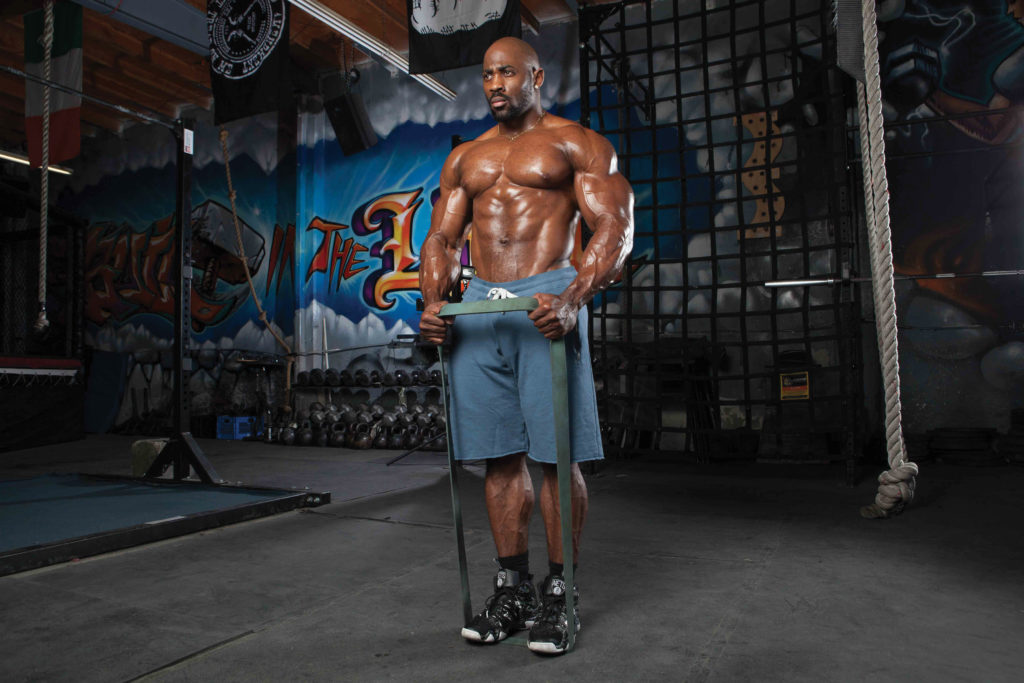
TRX Curls: With a TRX (or any suspension device, such as gymnastic rings) attached to a high point, such as a power rack or door frame, grab the handles and face the anchor point. Lean away, keeping your body completely straight.
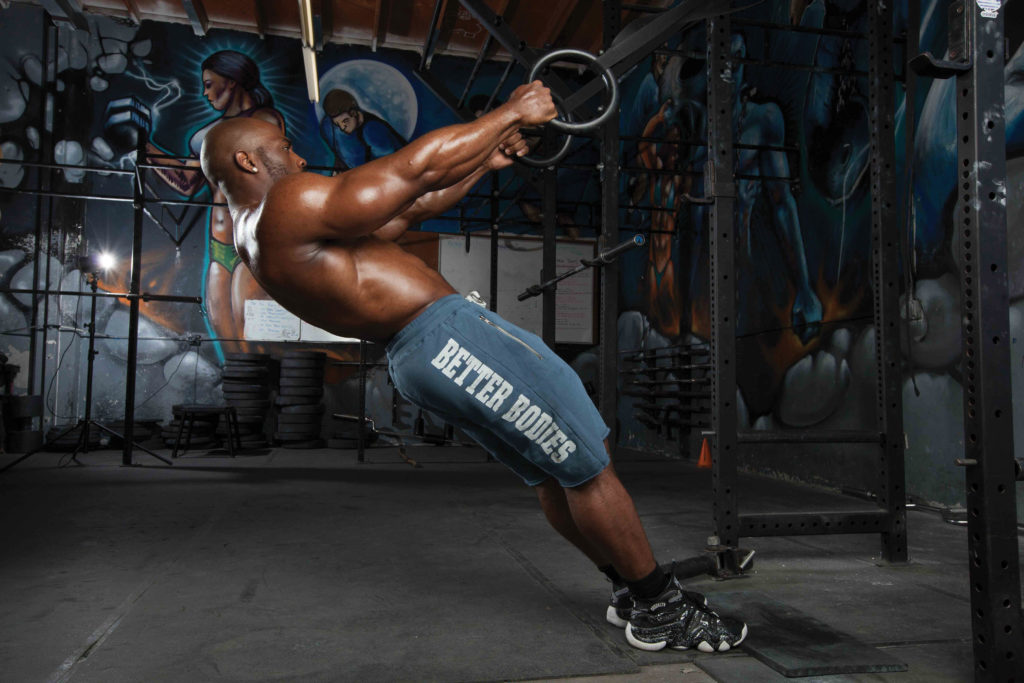
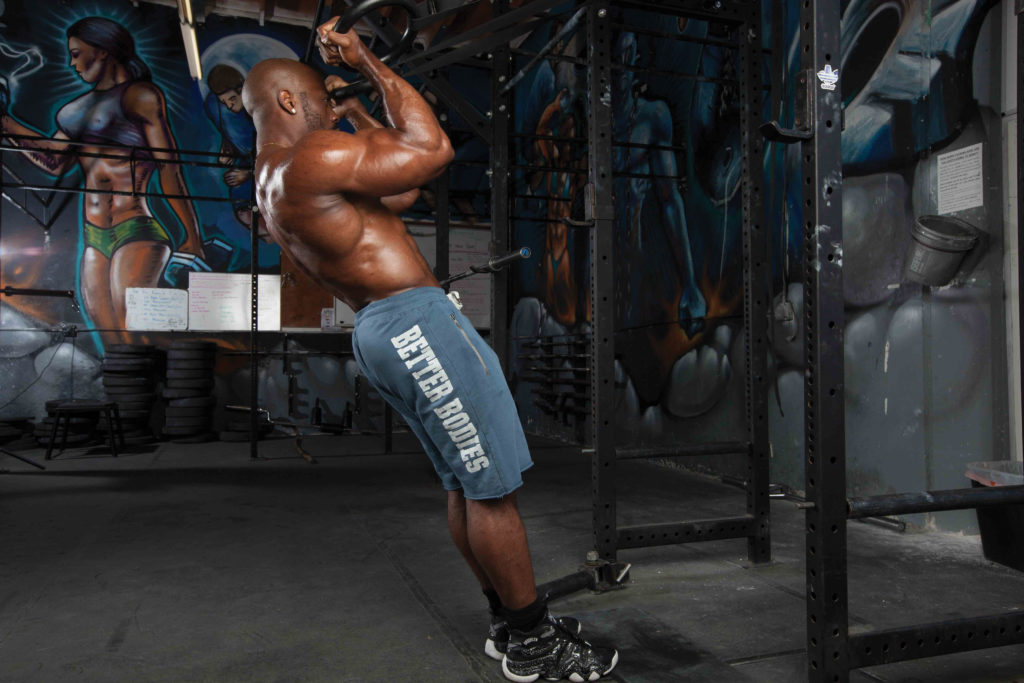
Your arms should be fully extended with your palms up and your upper arms about 45 to 60 degrees from your body. Slowly curl the TRX handles toward you, bringing your fist to your face, or even your ears. All motion should come from the elbows. Keep your shoulders quiet, with no activation in traps. To make this more challenging, move your feet closer to the anchor point. IM







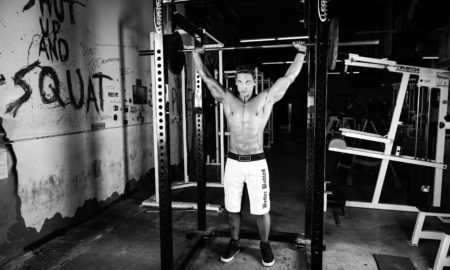











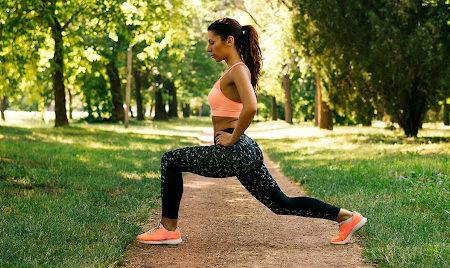


You must be logged in to post a comment Login